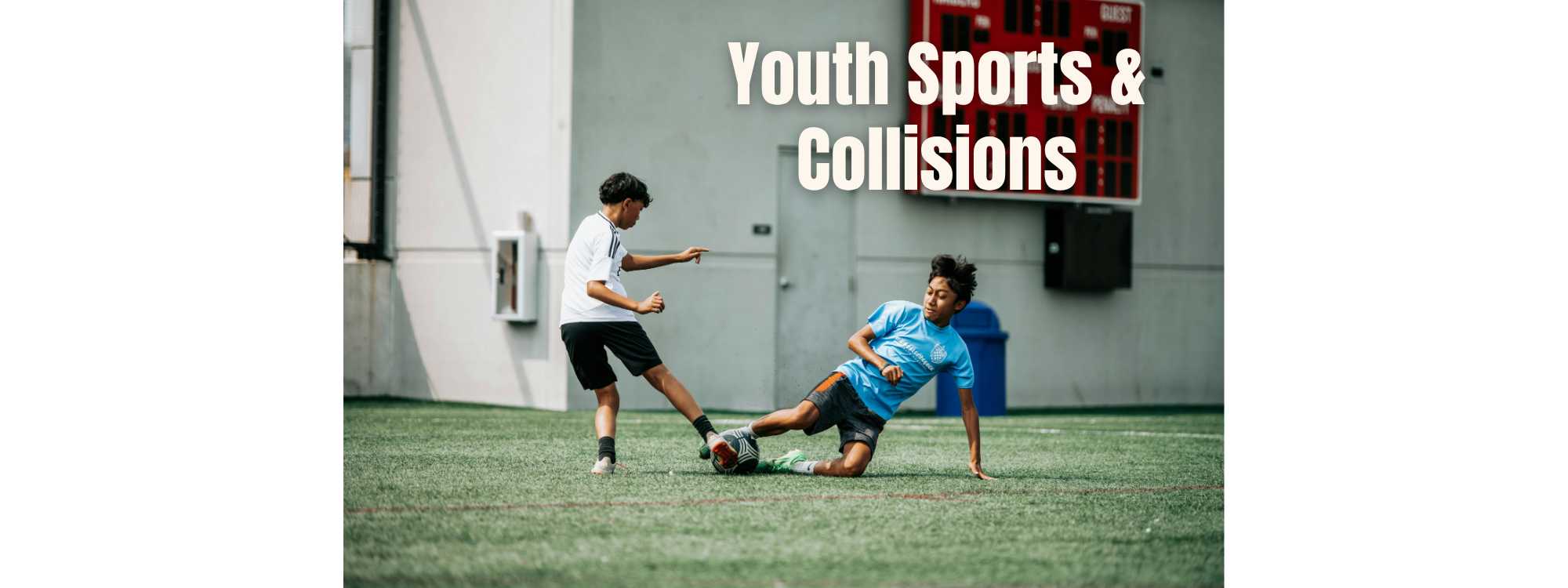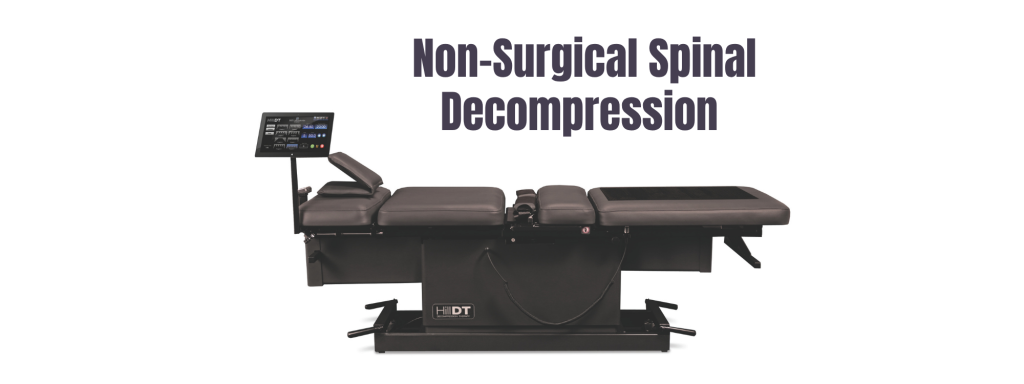Youth sports offer tremendous benefits—teamwork, discipline, confidence, and physical fitness. But behind the excitement and development lies a serious and often overlooked reality: the physical toll of collisions. Whether it’s a football tackle, a soccer header, or a hard fall on the basketball court, young athletes are exposed to repeated impacts that can stress the spine, joints, and nervous system.
These hits don’t always cause obvious injuries. In fact, many young athletes don’t show symptoms until years later—after damage has accumulated and begun affecting performance, posture, or even long-term health.
📊 How Many Collisions Are We Talking About?
The numbers may surprise you:
- Football (Tackle): Youth players (ages 9–14) sustain 250–400 head impacts per season, while high school players may experience 650–1,000+ hits per year. Over a full youth football career, that can add up to 4,000–6,000+ impacts. (Crisco et al., 2011; Broglio et al., 2011)
- Soccer: Players may head the ball 20–100 times per season, plus additional collisions with players, the ground, or equipment. Over time, this can mean hundreds of repetitive impacts. (Comstock et al., 2015)
- Hockey: In contact leagues, players average 200–300 hard collisions per season. (Mihalik et al., 2010)
- Basketball & Volleyball: While these aren’t contact sports, they involve intense joint-loading: jumping, pivoting, and falling. The cumulative stress on the spine, knees, and hips is significant—especially during growth years.
These collisions occur while your child’s spine, joints, and growth plates are still developing. Even small impacts, repeated over time, can create long-term issues.
🧠 The Hidden Effects of Repetitive Impact
Even if your child isn’t in pain, repetitive collisions can cause:
- Spinal misalignments (subluxations)
- Growth plate stress
- Postural shifts and compensations
- Interference in nervous system function
- Reduced athletic performance
The problem? Many of these effects don’t show up right away. They build over time and may only become noticeable in the form of pain, fatigue, poor balance, or decreased performance later on.
🏥 The Role of Chiropractic Care
Chiropractic care is a safe, effective, and drug-free way to support the developing bodies of youth athletes. It’s not just about relieving pain – it’s about optimizing performance, enhancing recovery, and preventing long-term damage.
Here’s how chiropractic care helps:
✔️ Detects Misalignments Early
Many issues don’t cause pain at first. Chiropractors trained in pediatric and sports care can detect and correct subtle imbalances early – before they become major problems.
✔️ Protects Growth Plates and Joints
Proper spinal and joint alignment reduce stress on growth plates, supports healthy bone development, and prevents long-term wear and tear.
✔️ Improves Nervous System Function
The spine protects the nervous system, which controls every function in the body. Misalignments can disrupt communication. Chiropractic adjustments restore balance and help the body function more efficiently.
✔️ Enhances Recovery and Prevents Injury
Proper alignment improves circulation, reduces inflammation, and supports faster recovery after games and practices.
✔️ Boosts Athletic Performance
Improved balance, mobility, and coordination can help your child perform at their best and reduce the risk of injury.
👨👩👧👦 For Parents Too
Many parents watching from the sidelines were athletes themselves. If you’re dealing with old injuries, fatigue, or decreased mobility, chiropractic care can help you recover, restore function, and stay active with your family.
🏁 Final Whistle: Collisions Are Inevitable. Damage Doesn’t Have to Be.
The physical stress of sports is real—but with the right care, your child’s body can recover, heal, and thrive. Chiropractic care offers a natural, proactive way to correct damage, prevent future issues, and support peak performance.
If your child plays sports—whether it’s football, dance, soccer, or track—give their body the support it needs. Schedule a chiropractic evaluation and help them grow strong, healthy, and aligned for life.
References
- Crisco, J. J., et al. (2011). Frequency and location of head impact exposures in individual collegiate football players. Journal of Athletic Training, 46(6), 549–559.
- Broglio, S. P., et al. (2011). Head impact density: A model to explain the elusive concussion threshold. Journal of Athletic Training, 46(5), 549–553.
- Comstock, R. D., et al. (2015). Epidemiology of soccer-related injuries among youth athletes. Journal of Athletic Training.
- Mihalik, J. P., et al. (2010). Measurement of head impacts in collegiate ice hockey players. Medicine and Science in Sports and Exercise, 42(6), 1237–1245.
- Stovitz, S. D., & Johnson, R. J. (2006). The growth plate, sports injuries, and preventive care. Current Sports Medicine Reports, 5(4), 189–194.




